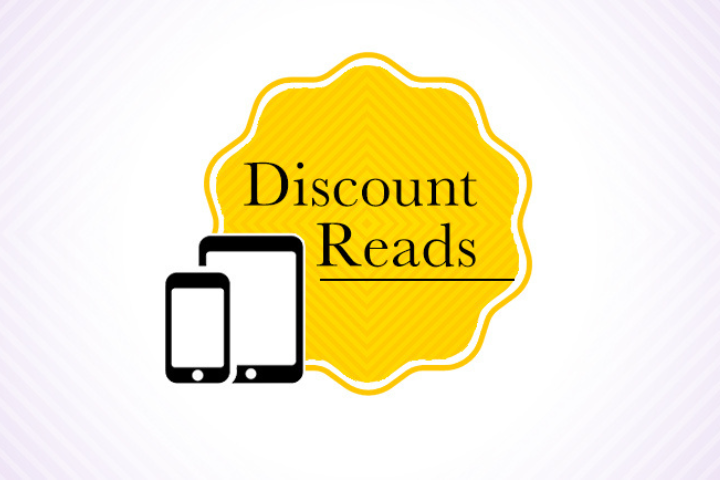Get our latest staff recommendations, award news and digital catalog links right to your inbox.
Table of Contents
About The Book
Dounia, a young Saudi mother, finds herself alienated in a desolate, post-weather, air-conditioned modernist box and decides to rebel against all forms of domesticity. Flora, a Filipina domestic worker haunted by the flood that claimed her infant’s life, navigates the perils of her boss’s insurrection. Zeinah, a Syrian woman, seeks love within the confines of her arranged marriage to a jihadist and finds herself joining the female morality police. Justine, a white American curator, reckons with her own violence and ethical limitations when her life intersects with Eskedare, a spirited and defiant Ethiopian teenager whose dreams have dead-ended in the Gulf. Bold moves unlock vital consequences, each woman’s journey confronting us with our own capacity for cruelty, rebellion, resilience—and hope.
Written with unsettling intimacy and determined empathy, Gulf exposes the stark realities of what happens when a woman’s agency is stripped away and asks how far we will go in order to survive.
Appearances
Westport Public Library
Greenlight
Reading Group Guide
Join our mailing list! Get our latest staff recommendations, award news and digital catalog links right to your inbox.
A cinematic debut following five women with vastly different origins—from the Philippines to Ethiopia to the U.S.—whose lives bring them to the Arabian Gulf, where they collide with devastating and profound consequences.
QUESTIONS
1. Gulf employs a quintet structure, with each section cycling through all five characters. How does the braiding of these voices help amplify both the women as individuals and as a collective? Why do you think Eskedare concludes each section? Why are her sections in the present tense?
2. Of the five women in the book, who do you connect most strongly with and why?
3. Discuss how marriage, sexuality, and the female body are depicted in the novel.
4. The mother/daughter relationship threads throughout Gulf and lives within each storyline. What are the different conflicts explored between mothers and daughters? What role does “inheritance” play in how mothers and daughters interact?
5. How does falconry relate to the larger themes of the novel?
6. Late in the book, Flora observes that “hope is a rebel.” How does the book explore each woman’s struggle for agency? How does each woman exercise her limited power? Have there been times in your own life when hope felt like a form of rebellion?
7. Gulf explores violence—between women and towards themselves. What larger structures are these women playing out in intimate spaces? Which, if any, of the women’s actions resonated with you? What felt challenging to understand? Did the novel make you reconsider the capacity for violence in yourself and others?
8. How does the historical and cultural landscape of the early 21st century shape events in these characters' lives?
9. What is the history of the ring that Eskedare leaves for Wren? What does the ring signify for Justine and how might that differ for the reader?
10. The word “gulf” can also mean separation or divide. What do you think about the dichotomy that often exists between people’s experiences even if they live in the same place? Think Eskedare vs Justine in the UAE, Dounia vs Flora in Saudi Arabia, Zeinah vs. her mother in Syria.
11. Setting plays an important role in the book. How does each woman’s geography define her worldview and sense of destiny?
12. Eskedare takes extreme measures to take a stance against injustice. In recent years, and throughout history, people have made the same extreme decision. What do you think pushes someone to that state? What do you think about the impact?
13. Where did you think each woman would end up when you first started reading? How does that compare with where they landed?
14. Different image systems are repeated throughout the book: blue stones and blue stars, fire, tomatoes, breastfeeding, lipstick, etc. What motifs resonated for you and why?
15. What do you think about the author’s choice to end the book with the lipstick prayer and the word honey? What do you imagine for these women in the future?
ENHANCE YOUR BOOK CLUB
The author is a filmmaker. Discuss what films came to mind when reading and who you would cast for this book’s film adaptation if given the chance.
Product Details
- Publisher: S&S/Summit Books (May 6, 2025)
- Length: 432 pages
- ISBN13: 9781668072165
Browse Related Books
Raves and Reviews
“These women are nuanced and complicated, and their strengths and flaws, which lead them toward compliance or defiance, are tautly felt in the prose….[The] five voices are jarring, surprising, compelling and deeply human.”
– Freya Sachs, BookPage (starred review)
“Unflinching…. A harrowing account of women’s lives in the Arabian Gulf.”
– Kirkus Reviews
"GULF is instantly gripping: a hurtling, sensory plunge into the lives of women in crisis whose worlds come to overlap in unexpected ways. Mo Ogrodnik is a gifted, arresting newcomer to the literary landscape."
– Jennifer Egan, author of The Candy House
Resources and Downloads
High Resolution Images
- Book Cover Image (jpg): Gulf eBook 9781668072165
- Author Photo (jpg): Mo Ogrodnik Photograph © Winky Lewis(0.1 MB)
Any use of an author photo must include its respective photo credit






